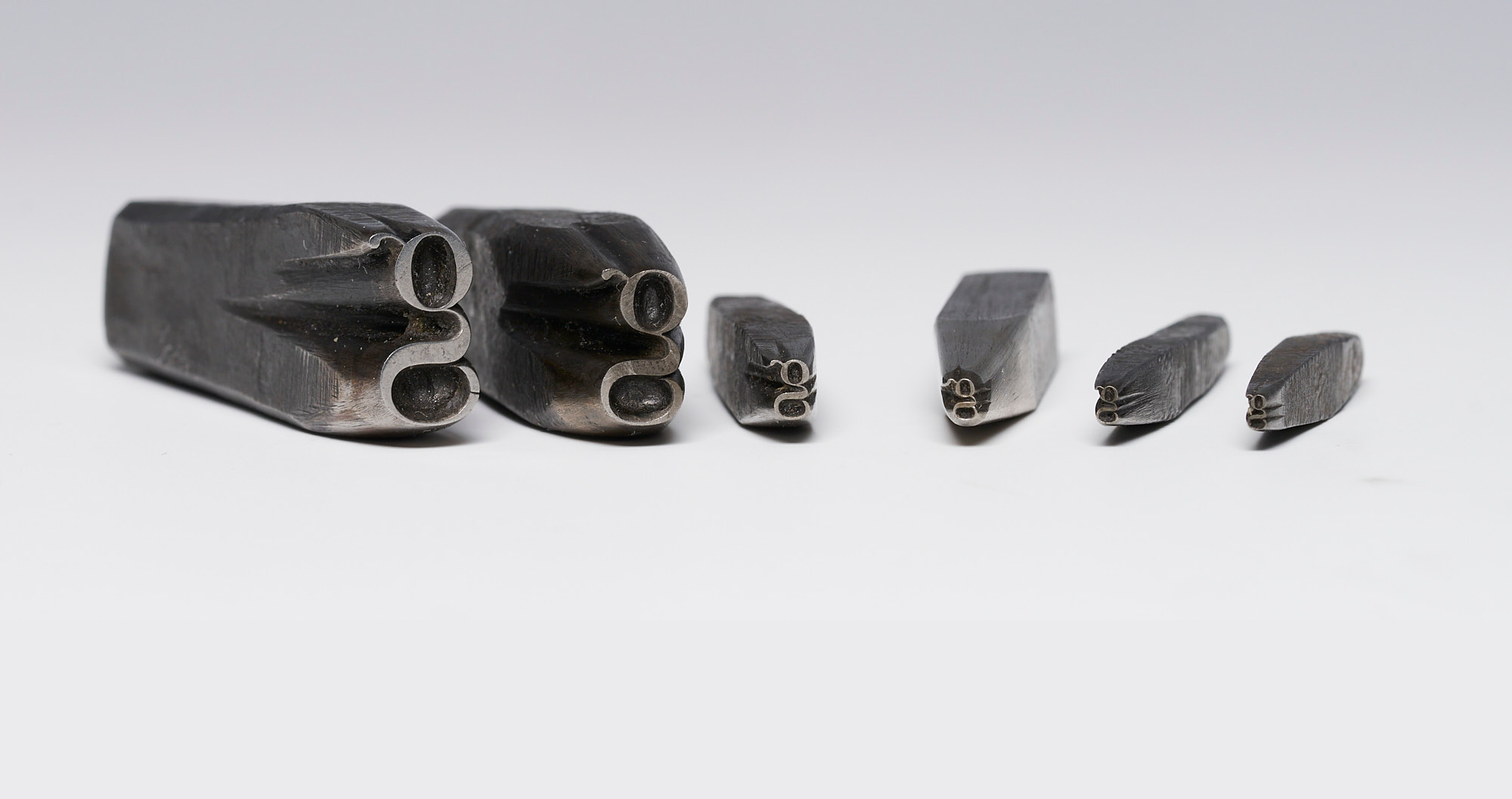BCU and Cambridge researchers on the brink of unlocking Baskerville typeface secrets

Demystifying the work of John Baskerville, the Birmingham inventor and entrepreneur who revolutionised the world of printing, is one of the key objectives of a new £1 million research project led by Birmingham City University (BCU) and the University of Cambridge (UoC).
To mark the 250th anniversary of Baskerville’s death, researchers will use a blend of pioneering digital technology and traditional methods to examine the work of the 18th century cultural icon, who created one of the world’s most widely used and enduring typefaces.
The AHRC-funded project, titled Small Performances, will use a blend of pioneering digital technology and traditional artisanal methods to rediscover lost heritage skills in printing.

At the centre of the project are the world-famous Baskerville typographic punches, which were designed, cut, and used by John Baskerville’s Birmingham workshop in the 1750s.
The collection of over two thousand punches, which are owned by Cambridge University Press and Assessment and now held at Cambridge University Library, represented a key step in the production of types for the printing press – but one protected by trade secrets and only rarely preserved.
Researchers will look to decode the design and manufacture secrets preserved in the punches and unravel their origin story using microscopy, chemical analysis and advanced imaging.
Meanwhile, jewellers, engravers, blacksmiths, and typeface designers will set about demystifying the craft with their own practical experiments, whilst learning historical techniques to add to their trade.
Through the power of 3D modelling, the punches will be recreated and used by craftspeople and students during events and exhibitions, to preserve and adapt heritage skills for the future.
A more faithful digital version of Baskerville's original typeface will also be designed and free to use.
Archaeologists, printing historians, heritage scientists, craftspeople, and type designers were among the attendees at a project launch celebration in Cambridge University Library’s Catalogue Hall on 6 March 2024 – a guestlist that truly demonstrates the interdisciplinarity of this pioneering project.
Guests were treated to an up-close encounter with cutting-edge imaging technology and composition analysis equipment, offering a glimpse into the intricate workings of the project to follow. They also heard from the project team and browsed a display of the original Baskerville punches, alongside printed treasures from the Library’s Special Collections.

Reflection Transformation Imaging (RTI) walk-through
Reflection Transformation Imaging (RTI) walk-through

3D prints of the 'g' punches
3D prints of the 'g' punches

The Baskerville Bible, printed in 1763, Cambridge, England.
The Baskerville Bible, printed in 1763, Cambridge, England.

Principal Investigator Marcos Martinon-Torres introducing the project
Principal Investigator Marcos Martinon-Torres introducing the project
Meet the team
Dr Caroline Archer-Parré, Professor of Typography at BCU, is an expert in the history of printing in the Midlands from the eighteenth to twentieth centuries. Dr Archer-Parré is also Chair of the Baskerville Society.
“John Baskerville is a figure writ large in typographic history. A Birmingham genius with a worldwide influence, Baskerville's typeface has both historical significance and contemporary relevance.
“It’s a great privilege to work on this important collection of Baskerville punches and collaborate with a unique team of experts to fully understand the design, history, and manufacture of this typeface.”
Marcos Martinon-Torres, Professor of Archaeological Science at the UoC and co-lead CHERISH, specialises in the technical analysis of archaeological artefacts to reconstruct past technologies.
“Very much in Baskerville’s footsteps, we are disregarding disciplinary boundaries between art and craft, humanities, and sciences. We’re excited to deploy the laboratory facilities and expertise at CHERISH to reveal the trade secrets of 18th century printing and revitalise modern letterpress.”
Dr Ann-Marie Carey, Associate Professor of Jewellery at BCU, specialises in combining traditional goldsmithing skills and digital technology to develop our understanding of heritage artefacts.
“We have a rare opportunity to investigate a behind-the-scenes aspect of John Baskerville’s books, the tools of his profession – his typographic punches.
“Baskerville’s master punches are the only evidence we have of his workshop yet hidden within those punches are the clues to their manufacture.
“Led by a holistic approach and through a multi- faceted team of expertise, this project is an exceptional opportunity to study and decipher Baskerville’s punches in their fascinating detail.”
Maciej Pawlikowski, Head of Cultural Heritage Imaging Laboratory at Cambridge University Library (CUL), specialises in advanced and scientific imaging of cultural heritage artefacts.
“By taking a multidisciplinary approach, we can creatively combine advanced photographic methods with scientific examination to deepen our understanding of the punches’ history and craftsmanship.
“John Baskerville was translating his design ideas between different media and materials during his printmaking practice. We will now translate this to a digital object in its own right, bringing those artistic concepts to the public and craftsmanship community as invaluable assets.”

"g" punch - micro RTI visualisation
"g" punch - micro RTI visualisation

Outline illustration based on the micro RTI
Outline illustration based on the micro RTI

Micro photograph of a printed mark showing uneven inking
Micro photograph of a printed mark showing uneven inking

Micro RTI image of printed mark showing paper texture
Micro RTI image of printed mark showing paper texture
The text in this work is licensed under a Creative Commons Attribution-NonCommercial-ShareAlike 4.0 International License

